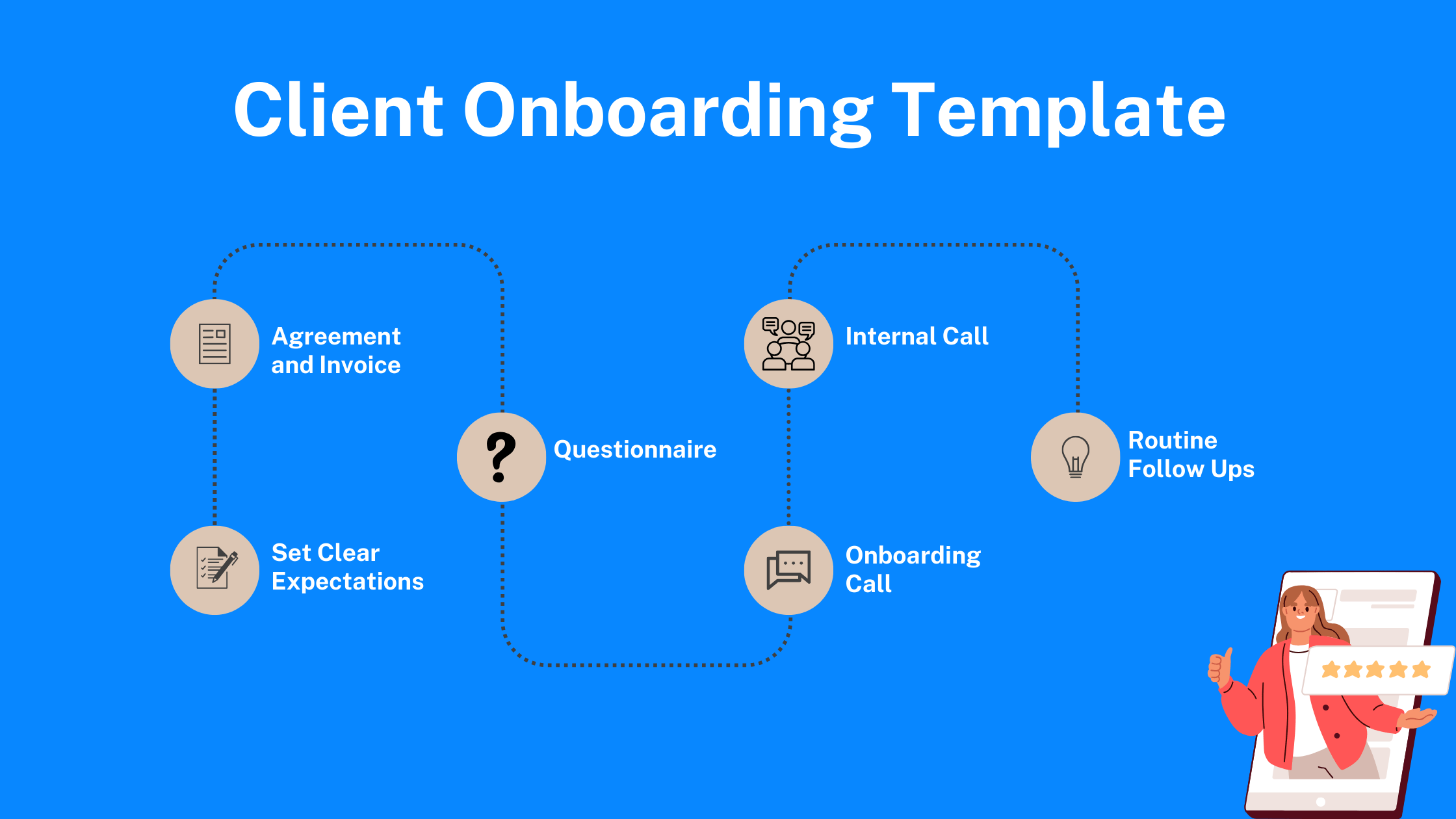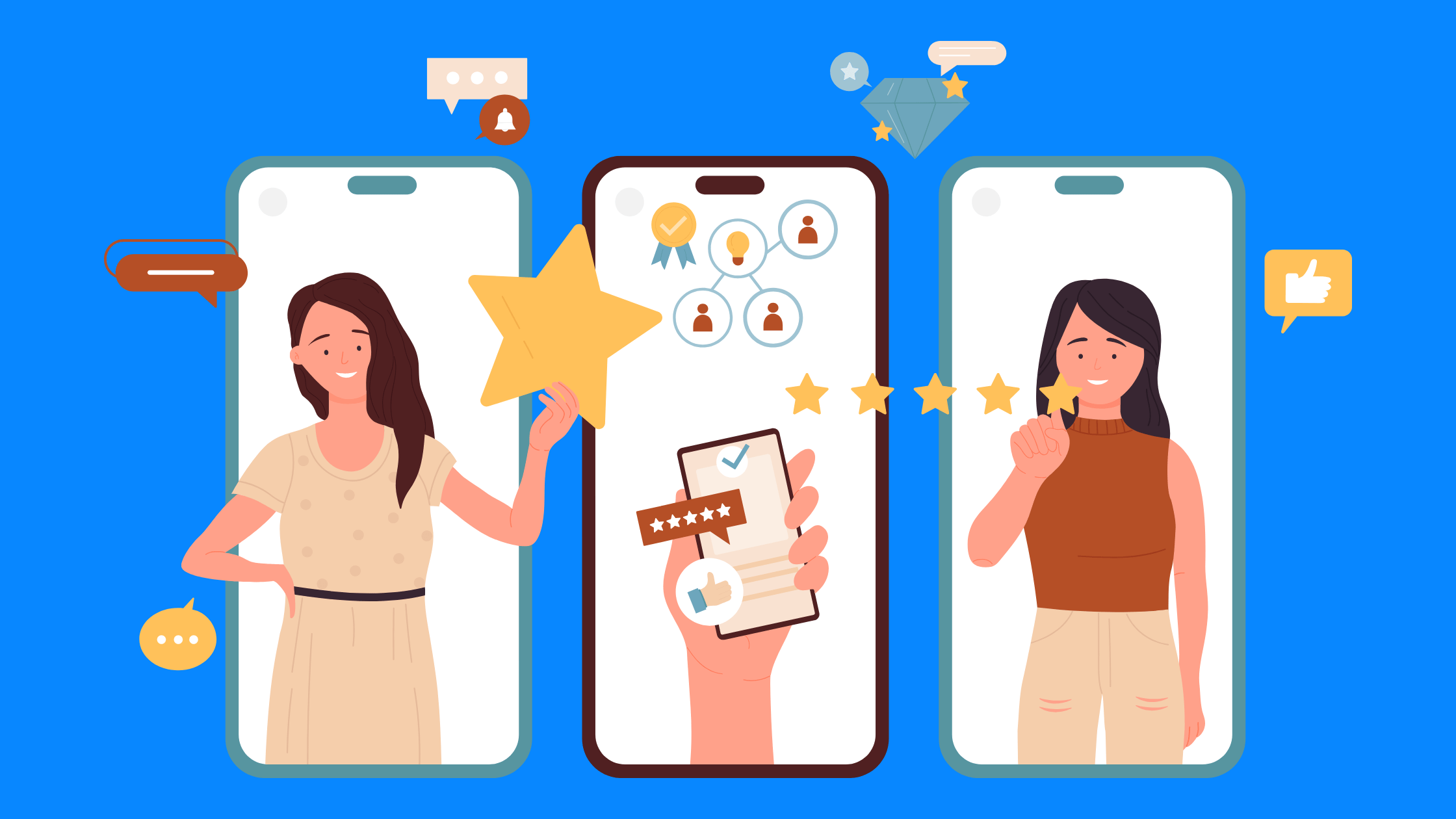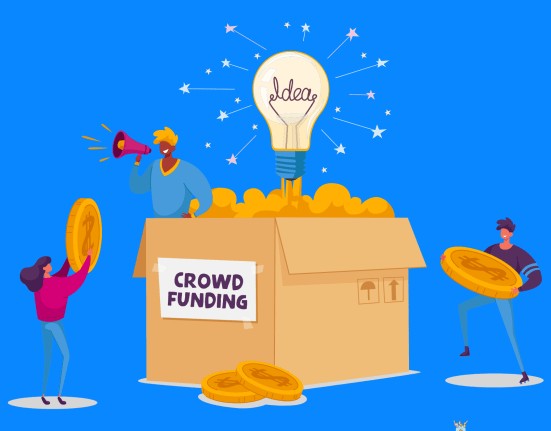First impression is the last impression. And your first impression as a freelancer or agency owner is your client onboarding process.
See, booking a client is easy. Retaining them, so that they buy again and again, is hard.
The first step of retaining a client is offering them a smooth onboarding experience. You need to make sure that the clients never doubt why they decided to work with you.
A 2020 survey by Wyzowl stated that 88% buyers feel loyalty to a business that prioritizes their onboarding experience.
You don’t want to book a client, work with them for a month, and then start looking for another one again. Do you?
I know you don’t. I’ll help you.
I’ve been working as a freelancer for more than three years and as an agency owner for 9 months. I’ve tried many onboarding processes and this article covers a gist of it all.
Oh, I’m totally getting Iman Gadzhi vibes today. Let’s start:
What Is Client Onboarding?
Client onboarding is the process of welcoming new clients into your business or agency.
It involves setting clear expectations, gathering necessary information, and establishing a solid foundation for the client-agency relationship.
Essentially, it’s about making sure clients feel valued and informed from the moment they decide to work with you. You want the client to feel as a beneficiary and reduce the churn rate of your business.
This initial phase sets the tone for the entire collaboration and can greatly impact the success of the project.
Effective client onboarding ensures that both parties are on the same page and working towards common goals right from the start.
Ideally, you should put more effort in your client onboarding than you did in the lead generation and sales part. But why?
Why Is Client Onboarding Process So Important?
I’m sure you know it but, as a writer, it is my duty to make things clear to you. Here’s a closer look at why a proper client onboarding process so crucial:
- Making a Great First Impression: As I’ve already said – “your first impression as a freelancer or agency owner is your client onboarding process.” When you welcome a new client properly, you start things off on the right foot.
- Getting Everyone on the Same Page: By laying out expectations and project details early on, you ensure that everyone (client, you, and your team) knows what to expect. This helps prevent any confusion or disagreements down the line.
- Keeping Communication Flowing: Good onboarding encourages open and honest communication between you and your clients. This makes it easier to address any concerns or changes as they arise.
- Building Long-Term Relationships: When clients feel valued and understood from the get-go, they’re more likely to stick around. This means fewer headaches for you and more ongoing work.
- Saving Time and Energy: Streamlining the onboarding process means you can spend less time on paperwork and more time doing what you do best – delivering great results for your clients.
Popular Onboarding Strategies
When it comes to bringing clients onboard, freelancers and agencies have a few strategies up their sleeves. Here’s a breakdown of the most common ones:
1. One-on-one Onboarding:
This approach is like a personalized service, often used by freelancers. Each client gets dedicated attention, ensuring their needs are met precisely. It’s great for building a deep understanding of what each client wants.
Pros: You get to tailor solutions to each client, making them feel special. Plus, you really get to know their needs and goals.
Cons: It takes a lot of time and effort to focus on each client individually. Plus, it’s tough to scale up when you’re giving so much personal attention.
2. Group Onboarding:
Think of this as a big orientation session with multiple clients at once. It’s efficient and can foster collaboration among clients.
Pros: It’s a time-saver since you’re dealing with multiple clients at once. Plus, clients might learn from each other and feel like part of a community.
Cons: Some clients might feel like they’re just part of a crowd, missing out on personalized attention. It’s also tricky to address individual needs in a group setting.
3. Self-Service Onboarding:
This strategy is all about letting clients take the reins. They go through the onboarding process themselves using resources you provide.
Pros: Clients can onboard themselves whenever it suits them, which is super convenient. They also have more control over the process.
Cons: It lacks the personal touch of one-on-one or group onboarding. Plus, it needs careful planning upfront to make sure everything runs smoothly.
4. Hybrid Onboarding:
Here, you mix and match elements from different strategies to create a custom approach. It’s like having the best of all worlds.
Pros: You can offer personalized attention, group activities, and self-paced learning all in one. It’s flexible and adaptable.
Cons: It might require more resources to pull off, and juggling different approaches could get complicated.
7-Step Client Onboarding Process
As a freelancer or agency owner, getting started with a new client involves a series of steps to make sure everything runs smoothly.
Here’s a simple breakdown of what all you should do after the client agrees to work with you:
(And oh, make sure to remember these steps. These also act as your client onboarding checklist and template)

1. Set Clear Expectations:
First things first, it’s crucial to be crystal clear about what you’re offering and what your client can expect.
Talk through the tasks you’ll be handling and how long things might take. Also, agree on how you’ll keep in touch, whether it’s email, phone calls, slack, or something else.
Make sure the prospect (soon to be client) understands and agrees on everything.
2. Create a Service Agreement and Invoice:
Once you’ve nailed down the details, it’s time to put it all in writing.
Draw up an agreement that spells out what you’ll do, how much it’ll cost, and when you’ll get paid.
Don’t forget to send over an invoice too, so your client knows how and when to pay you.
Now, there are hundreds of contract and invoicing tools out there to choose from. Just to tell you: I use PandaDoc and Stripe.
3. Design and Send a Client Onboarding Questionnaire:
To really understand what your client needs, send them a questionnaire. Ask about their goals, who they’re targeting, and any preferences they have.
This will help you tailor your services to fit their needs perfectly. Ideally the questionnaire should cover the following topics:
- Client’s aspirations
- Desired results
- Business details
- Ideal Client Persona details
- Their viewpoint on their industry and niche
and anything else that’s useful for your service.
4. Host a Project Kickoff Meeting:
Once the client signs the contract, clears the invoice, and fills the questionnaire:
Schedule a meeting to kick things off officially.
Use this meeting to go over the agreement, set some deadlines, and generally get everyone excited about the project.
It’s also a chance to welcome your client aboard and show them how the next steps will look like. The main idea is maintain transparency of your work.
5. Schedule a Post-Kickoff Internal Meeting:
Ignore this step if you’re a freelancer.
If you’re working with a team, get everyone together to make sure everyone knows what they’re doing.
Talk through the project details and assign tasks with clear deadlines so everyone’s on the same page.
6. Plan Routine Follow-Ups:
Throughout the project, keep in touch with your client. Give them regular updates on how things are going and ask if they have any questions or concerns.
For example – if you’re providing social media, ads, or writing services, convey weekly reports of the performance.
This shows you’re on top of things and keeps them in the loop. Make your client feel included.
7. Optimize Your Onboarding Experience:
Once the project is underway or completed, take the time to reflect on the onboarding process. Identify areas of improvement based on feedback from your client and your own observations.
Incorporating this feedback into your future onboarding processes ensures continuous improvement and a consistently positive experience for your clients.
By actively seeking ways to enhance your onboarding experience, you’ll set yourself apart as a freelancer who prioritizes client satisfaction and success.
Conclusion
In summary, it’s really important for you (freelancers and agency owners) to make sure you’ve got a smooth client onboarding process.
Before taking on any more clients, it’s a good idea to work on refining how you bring them into your business. Make sure things are super clear and that you’re delivering value right from the start.
And hey, don’t forget to chat with your current clients to see how they felt about the whole onboarding experience.
If you want more tips and tricks tailored just for you, be sure to check out our podcast episode with Shreya Pattar. Don’t forget to subscribe.
FAQs:
What are the steps in client onboarding?
Client onboarding typically involves setting clear expectations, gathering necessary information, establishing communication channels, and initiating the project officially.
What is customer onboarding process?
Customer onboarding process involves guiding new customers through the initial steps of using a product or service, ensuring they understand its features and benefits.
What are the 7 stages of onboarding?
The 7 stages of onboarding often include introduction and welcome, setting expectations, gathering information, creating agreements, kickoff meeting, ongoing communication, and feedback/reflection.
Why is client onboarding done?
Client onboarding is done to ensure a smooth transition for clients into working with a freelancer or agency, setting clear expectations, and building a strong foundation for the collaboration.
What is an example of client onboarding?
An example of client onboarding could be sending a welcome email, scheduling a kickoff meeting, gathering project details through a questionnaire, and finalizing a service agreement and invoice.








![Top 5 Personal Branding Examples [2024]](https://fueled.community/wp-content/uploads/2024/05/Source-Proideators.com-9-551x431.png)


Leave feedback about this